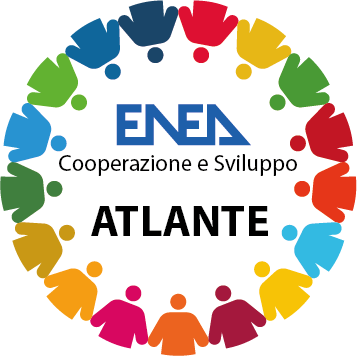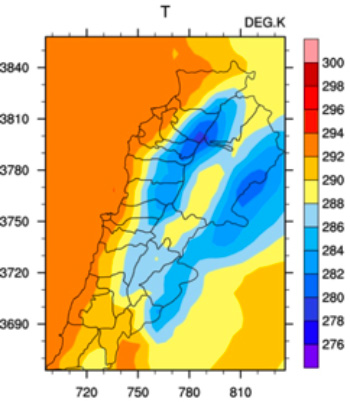Technologies
Early warning systems for hydro-meteorological hazards
For achieving the objectives:



Goals: 11. Sustainable cities and communities, 13. Climate action, 15. Life on land
Sector: Methodologies, Services
Description
ENEA makes use of a weather forecasting model that can be applied in different territorial contexts, e.g., to predict the amount of rain expected to fall on a given area and can be implemented to alert population in case of intense precipitations that is likely to put people, infrastructure, crops or the environment in jeopardy. The model can be integrated with other systems for monitoring and forecasting severe hydro-meteorological events such as, e.g., floods or landslides.
Benefits and Advantages:
- Prevention against damage to crops and livestock due to adverse weather events
- Mitigation of economic damage to infrastructures and business activities due to adverse weather events
ENEA Service:
- Monitoring and forecasting of weather events
- Consulting
- Technical support
ENEA Activities:
ENEA has a long consolidated experience on mesoscale meteorological modelling (with a spatial resolution from some tens to a few km), which has recently been applied to implement an atmospheric modelling system over Lebanon (see Figure 1). ENEA has also set up a forecasting system providing meteorological fields up to 3 days on Italy with a 4km resolution. Starting from such fields, forecasting on polluting concentrations is made by CTM (Chemical Transport Model) AMS-MINNI. The model can potentially reach spatial scales down to those of a nowcasting system (of the order of 1-2 km) on areas of some hundreds of kilometers.
Average temperature in Lebanon


